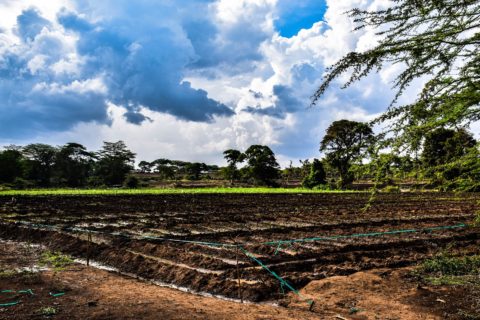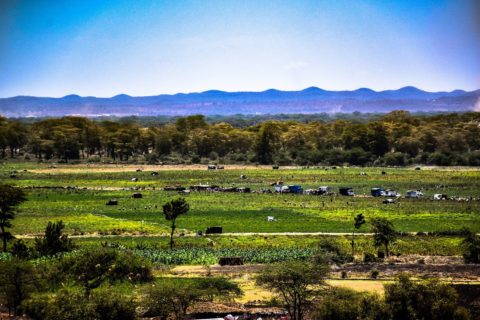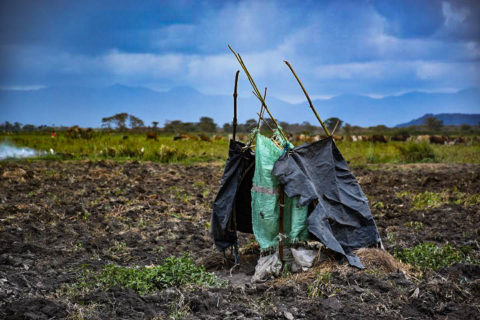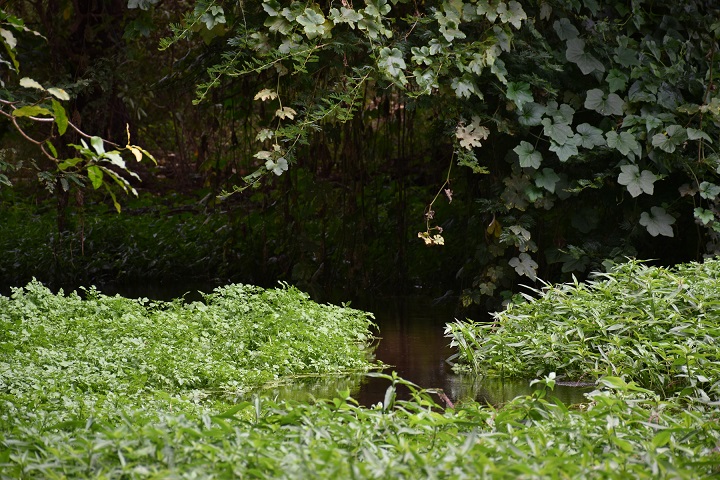In Kenya, the late ‘80s and ‘90s were a crowning moment for environmentalists and environmentalism. Their voices rang across the world and helped stem poaching of elephants and rhinos through a global ban in the trade of ivory and rhino horn and better protection.
Indeed, the late Nobel Laureate Prof Wangari Maathai relentless and fearless activism shone a global spotlight on the wanton destruction of the Mt Kenya Forest, the Mau Forest Complex and other key national water catchments.
And thanks to her spearheading determination, logging bans, stringent laws and concerted efforts by the government and partner institutions have seen some of these ecosystems became relatively better protected and managed.
Ecological Islands
Degraded ecosystems are harder to fix though. Unfortunately, they remain ‘ecological islands’ prone to abuse and are a far cry from what they were when Kenya gained independence just 60 years ago.
But if megafauna and key forests gained from the environmentalism of the ‘90s, wetlands in Kenya fell through the cracks, despite dogged activism by conservationists, community-based organisations and international NGOs to protect them. Human populations were rapidly rising, environmentalists warned, and wetlands were falling precipitously to encroachment and conversion.

Their cries got lost in the wind. Barely two decades on, numerous wetlands have vanished into a meaningless spot on a map – non-existent, cultivated into scorched earth, poisoned by chemicals, built upon and drained of water and life. Innumerable springs have dried up and many permanent rivers whose waters once gushed are now a mere trickle. According to Kecha et al, wetlands in Kenya cover about 3-4 percent of the land surface, about 14,000 Km2.
As a result, there are millions of children who have grown into young adults without ever setting eyes upon the majestic African crowned crane, frolicking and fishing in a swamp or mimicking the call of an Egyptian goose. And that is just the tip of the iceberg.
Nothing illustrates this better than Kimana Swamp. Considered one of the key swamps in the Amboseli ecosystem that falls in the shadow of Mt Kilimanjaro, Kimana was once a sprawling 10,000-hectare mass of wetland at the confluence of the Isinet and Kimana rivers about 200 kilometres from Nairobi.
In addition to abundance of waterbirds, the community-owned swamp was also used as a dry season watering and grazing point for thousands of local Maasai community, their livestock and over 15 large mammal species, among them elephants, buffalo, wildebeest, zebra, gazelles and hippo.

Kimana Swamp today supplies vegetables to Nairobi and beyond
This Swamp did not die overnight. In the 90s, commercial farmers, attracted by fertile soils, cheap land leases and availability of water started trickling in with support from the national government on a food sufficiency programme. With time, other farmers upstream abstracted water from the rivers and springs that fed the wetland, thereby effectively starving it. Environmentalists started sounding alarm bells that were duly ignored. Eventually, the farmers’ trickle turned into a stampede.
Toxic Vegetable Farm
Today, large, if not all, parts of the Swamp have been cultivated dry by the farmers who lease the land from local pastoralists to grow onions, tomatoes and French beans. But even more alarming is its soils have been exposed to toxic pesticides and chemical fertilizers, poisoning the water for livestock, wildlife and humans downstream. About one hundred trucks laden with these vegetables drive out daily to supply to hundreds of thousands in Nairobi and beyond.

A pit latrine in Kimana Swamp
A 2011 study by Prof Moses Makonjio Okello and John Kioko of the Kenya School of Field Studies, for instance, indicates that only 15.7% of Kimana Swamp remained uncultivated. The loss in terms of biodiversity, carbon sink benefits, wildlife conservation and human livelihoods is enormous and unfathomable.
The demise of such wetlands usually hit the indigenous community most where, for example, the pastoralists have less options to access pasture and water particularly due to climate change impacts such as the frequent and prolonged drought seasons experienced in Kajiado County.
Unlike government forests and national parks where physical barriers can be erected and or protected by armed guards, Kimana is a sad example of how unsustainable use, lethargy and lack of political goodwill and competing interests coupled with rapid human population growth and changing lifestyles can destroy a critical but privately owned wetland.
It takes a decade, sometimes less, to destroy a wetland ecosystem. But the damage takes generations to heal – ofttimes some benefits or services are wiped out for good – and only if the will and momentum to protect and restore it is maintained and sustained for decades.
Ecosystems restoration efforts should be watershed moments at the beginning of a journey to revive degraded wetlands whose water sustains life and livelihoods for generations. And as the late Prof Maathai gave the world the hummingbird analogy, it’s the little things that citizens do that will make the difference.
Written by Edward Indakwa and Elizabeth Wamba
